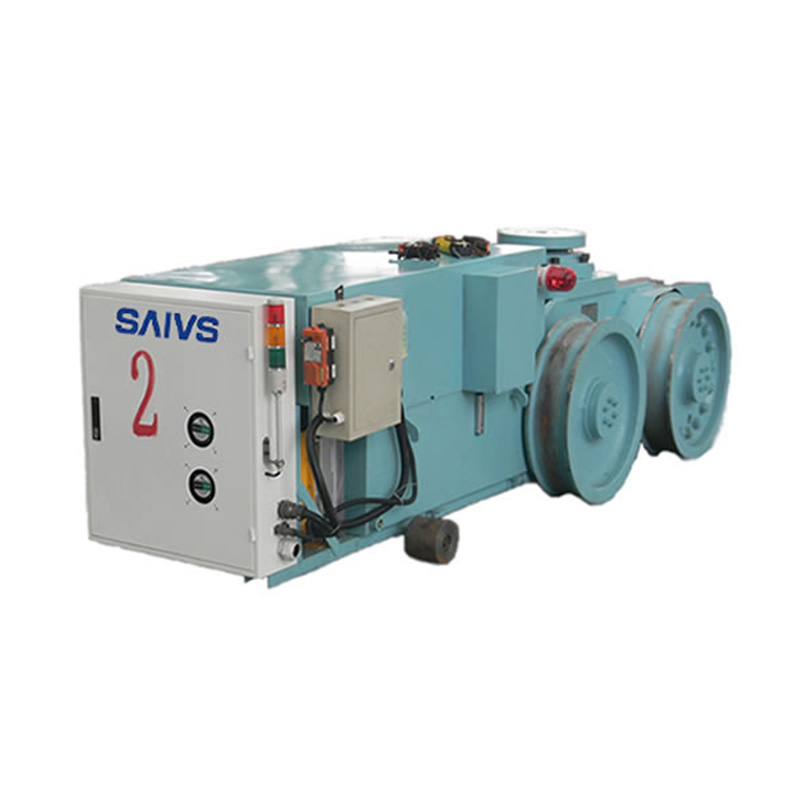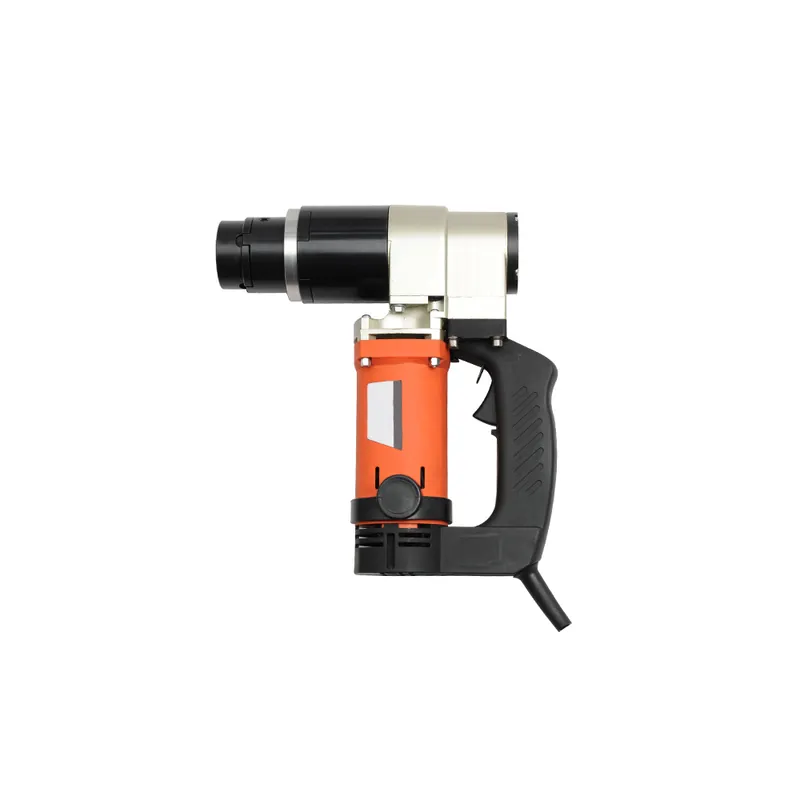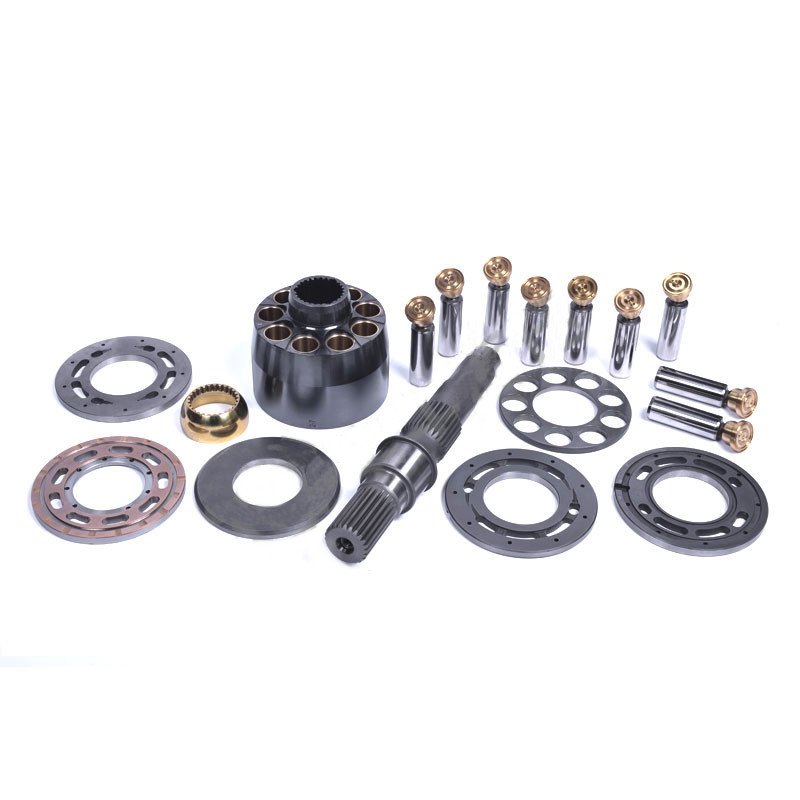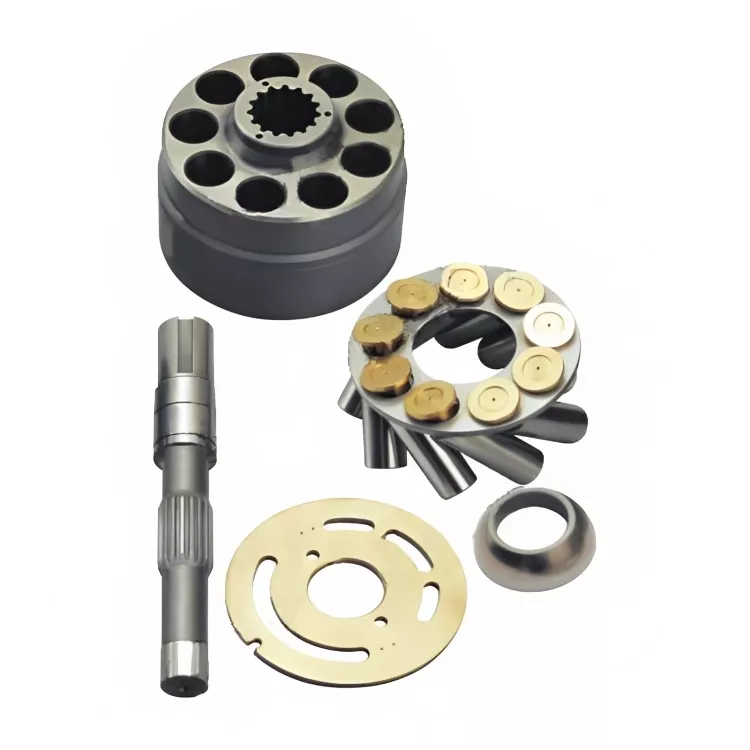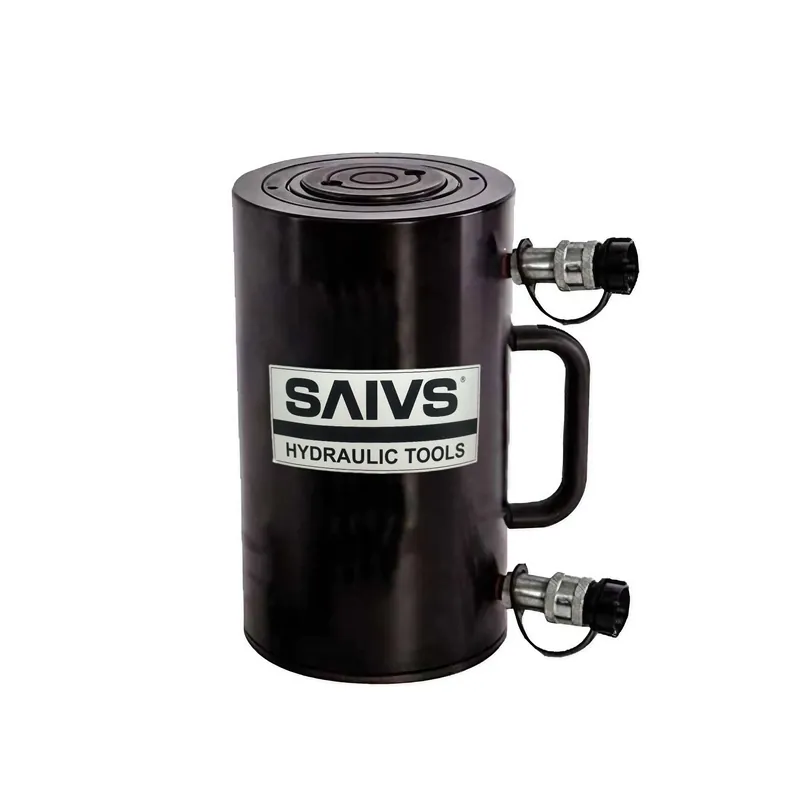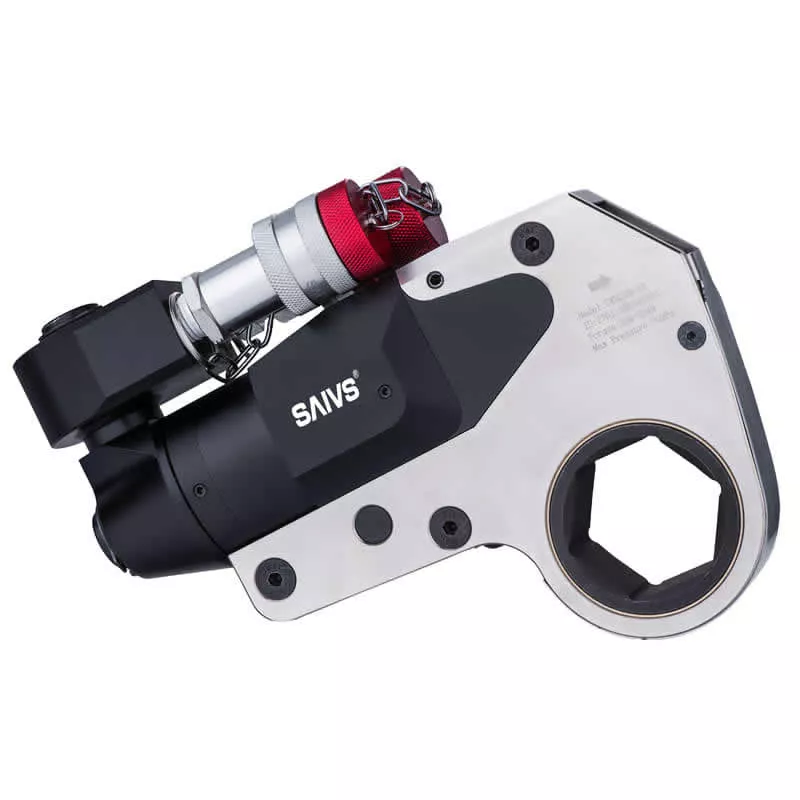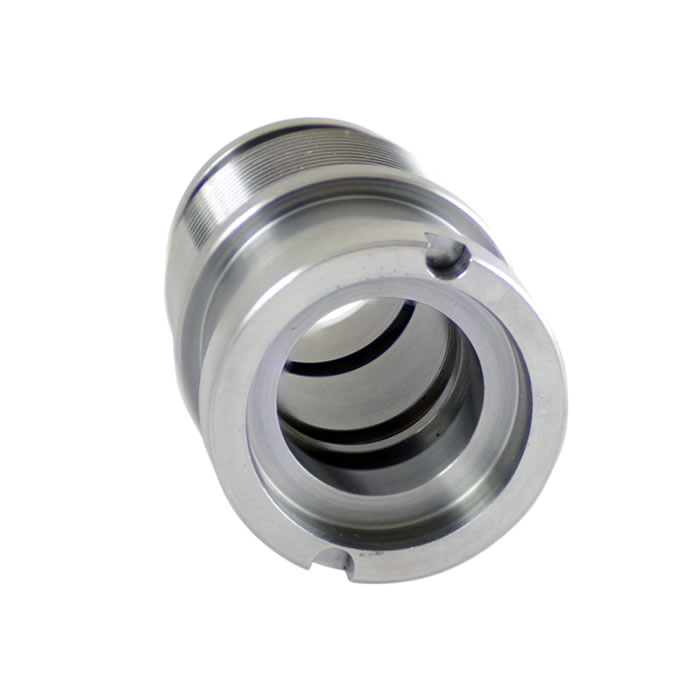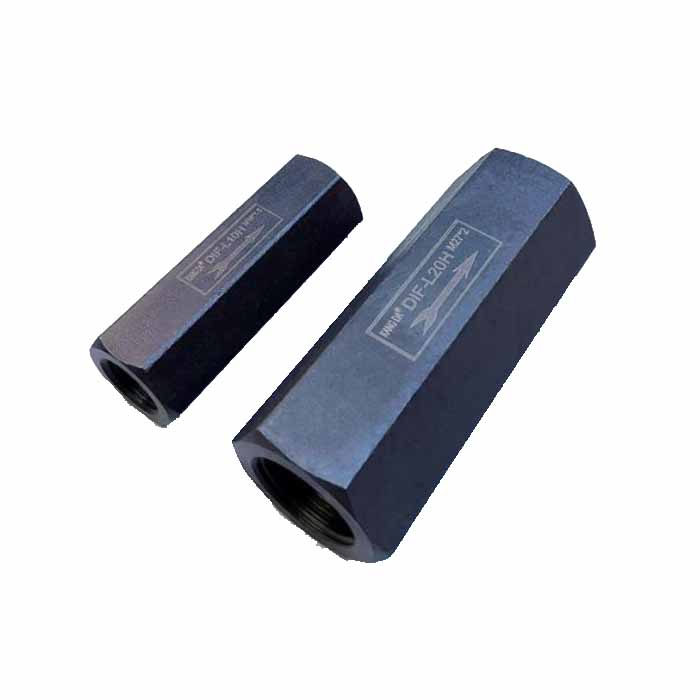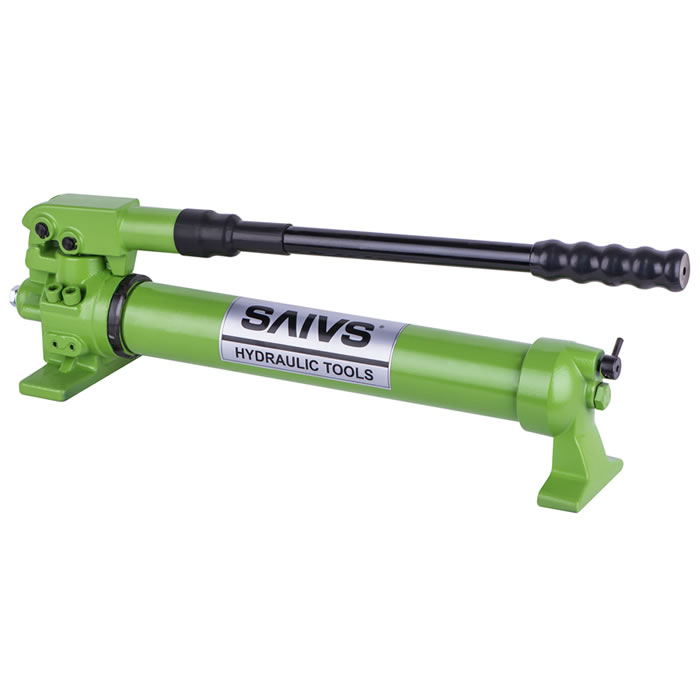how to determine whether a hydraulic valve needs to be repaired or replaced?
The following situations indicate that a Hydraulic valve usually requires repair or replacement:
Abnormal Pressure
Unstable Pressure:
During the operation of a Hydraulic System, if the pressure controlled by the hydraulic valve fluctuates significantly and fails to maintain a stable set value,
it may be caused by factors such as wear of the valve core, fatigue of the spring, or contamination of the hydraulic oil.
For example, the output pressure of a pressure reducing valve fluctuates, affecting the normal operation of other components in the system.
Inability to Reach the Set Pressure: When the hydraulic valve is in normal operation but the pressure it controls cannot reach the expected set value, and after ruling out other factors, it is likely that there is internal leakage in the hydraulic valve. For instance, the seal between the valve core and the valve seat is not tight, causing the hydraulic oil to leak and preventing the pressure from being built up.
Excessive Pressure: If the system pressure exceeds the set value during normal operation of the hydraulic valve, it may be due to the valve core being stuck in the closed position and unable to open properly for pressure relief, or due to an overly stiff pressure regulating spring, improper adjustment, and other reasons. This situation will subject the system to excessive pressure, posing a safety hazard and potentially damaging other hydraulic components.
Abnormal Flow
Insufficient Flow: In a hydraulic system, if the movement speed of the actuating components (such as Hydraulic Cylinders and Hydraulic Motors) is significantly lower than the normal speed, and after ruling out other factors, it may be that the flow passage of the hydraulic valve is blocked, or the opening of the valve core is insufficient, resulting in a reduced flow of hydraulic oil through the hydraulic valve. For example, the throttle port of a throttle valve is blocked by impurities, restricting the amount of oil passing through.
Unstable Flow: If the movement speed of the actuating components is uneven (sometimes fast and sometimes slow), it may be that there is a problem with the flow control of the hydraulic valve. For example, the valve core of the flow control valve gets stuck or vibrates during its movement, causing the flow passing through to be unstable, which in turn affects the movement stability of the actuating components.
Leakage Issues
External Leakage: Observe the surface and connection parts of the hydraulic valve. If there is any oil leakage, it is a clear sign that repair or replacement is needed. External leakage may be caused by factors such as aging and damage of the seals, or cracks in the valve body. Oil leakage not only leads to waste of hydraulic oil and pollution of the working environment but also may cause insufficient system pressure and flow, affecting the normal operation of the system.
Internal Leakage: Internal leakage is not as easy to directly observe as external leakage, but it can be judged by some abnormal phenomena in the system. For example, a rapid drop in system pressure, sluggish or weak operation of the actuating components, etc., may be due to internal leakage in the hydraulic valve. For example, wear of the valve core of a directional valve causes oil leakage between different ports, affecting the normal flow direction and pressure distribution of the hydraulic oil.
Malfunction in Action
Valve Core Sticking:
The valve core of the hydraulic valve should move flexibly within the valve body to achieve control of the hydraulic oil.
If the valve core gets stuck and cannot open, close, or adjust its opening as per the control signal,
it will cause the hydraulic valve to lose its control function over the system.
Sticking may be caused by impurities in the hydraulic oil entering the clearance between the valve core and the valve body,
or wear and scratches on the surface of the valve core, as well as changes in the viscosity of the hydraulic oil due to excessively high oil temperature and other reasons.
Electrical Control Failure:
For hydraulic valves with electrical control parts such as solenoid directional valves,
if the electrical control components (such as electromagnets) fail, for example,
the coil burns out or the valve core fails to be properly attracted, the hydraulic valve will not be able to change direction or operate as expected.
At this time, even if other parts of the hydraulic system are normal, the hydraulic valve will not work as required.
When a hydraulic valve shows one or more of the above situations, it is necessary to promptly inspect, repair,
or replace it to ensure the normal operation of the hydraulic system and avoid causing greater damage to the entire equipment.

